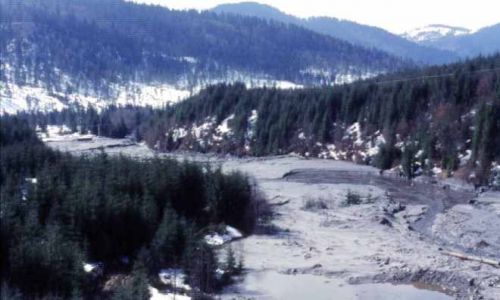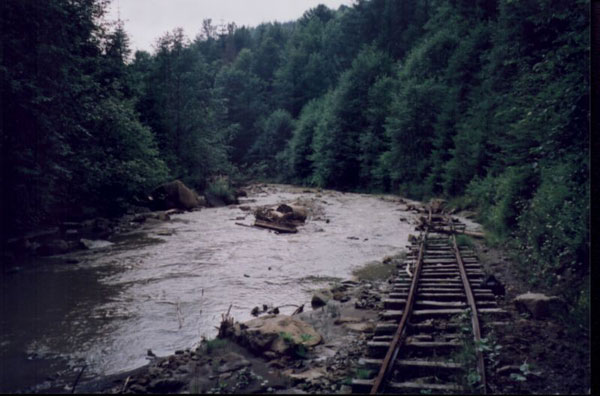River system recovery following Novat-Rosu tailings dam failure, Northwestern Romania
 The project assessed the longer-term impacts of the Novaţ-Roşu tailings
dam failure upon the Vişeu river system, which forms part of the upper
Tisa river basin in northwest Romania. The region has a long history of
base and precious metal mining dating back to at least the Roman
Period. The tailings pond in the Novaţ valley is operated by the Baia
Borşa Preparation Enterprise Mine, one of the three remaining mines in
Baia Borşa that extract and process complex ores of Cu, Pb and Zn. The
metal-bearing ores are milled and separated from the base metals they
contain, the mineral rich residue is then pumped for 10 km up to the
Roşu tailings pond situated 830 metres asl in the Novaţ valley. The
facility consists of three interconnecting ponds, held by a V-shaped
dam where the solid residue is separated from the water by settling.
The project assessed the longer-term impacts of the Novaţ-Roşu tailings
dam failure upon the Vişeu river system, which forms part of the upper
Tisa river basin in northwest Romania. The region has a long history of
base and precious metal mining dating back to at least the Roman
Period. The tailings pond in the Novaţ valley is operated by the Baia
Borşa Preparation Enterprise Mine, one of the three remaining mines in
Baia Borşa that extract and process complex ores of Cu, Pb and Zn. The
metal-bearing ores are milled and separated from the base metals they
contain, the mineral rich residue is then pumped for 10 km up to the
Roşu tailings pond situated 830 metres asl in the Novaţ valley. The
facility consists of three interconnecting ponds, held by a V-shaped
dam where the solid residue is separated from the water by settling.

The dam failure was caused by torrential rains of up to 37 l m2 and the melting of snow on the valley sides thus creating an unmanageable rise in water levels within the pond. On 10th March 2000 the tailings dam failed along a 30 m section to a depth of 25 m releasing approximately 100,000 m3 of contaminated water and 20,000 t of mineral-rich solid waste into the River Novaţ. The material was then routed downstream through the Vaser-Vişeu-Tisa river system. On 13th March 2000 a second, smaller volume of material was released from the dam, however information regarding waste volumes is unavailable. The impacts of the accident were assessed through the annually repetitive sampling of river water and river channel sediment, followed by a range of laboratory analyses including the use of sequential extraction and Pb isotope analysis.

